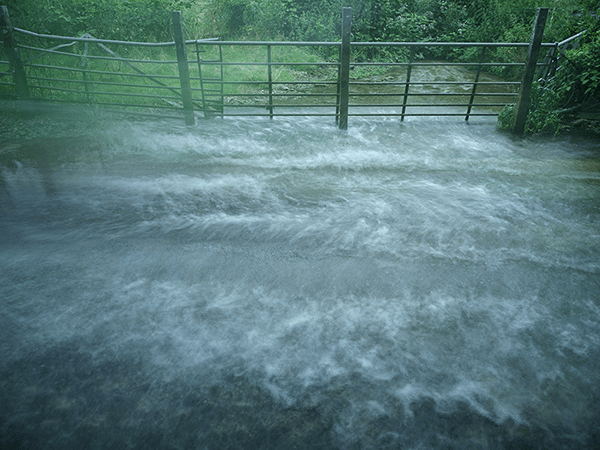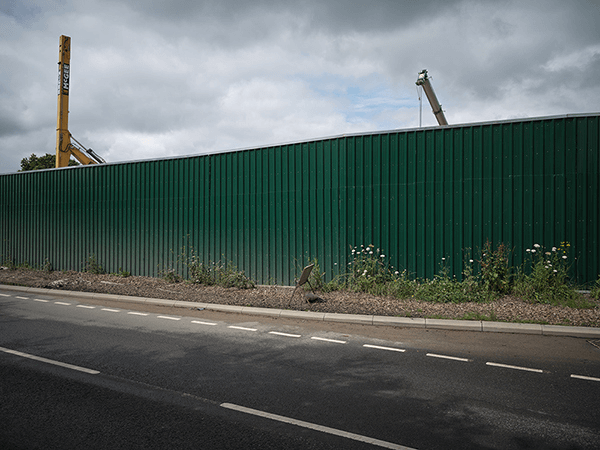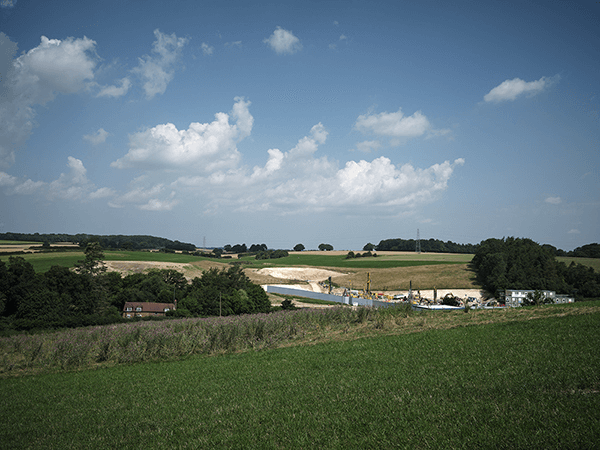
A Constant Ramble by Matt Writtle (Chorleywood to Bottom House Farm Lane)
by Matt Writtle
Walk #3: Chorleywood to Bottom House Farm Lane (5 miles)
This is the third installment of nature photographer Matt Writtle’s blog charting walks in the Chilterns AONB, and musing on the issues he encounters, from HS2 developments impacting on the landscape to what we all do on Sundays.

A monsoon-like rainstorm hammers down on the canopy of trees while I sit, under the protection of a tarpaulin, transfixed by the dancing flames gently licking the kettle preparing my morning coffee. It’s 7am and before I set foot on my next ramble along the Chiltern Way, I am the guest of bushcraft expert David Willis in woodland near Chorleywood, Hertfordshire.

Morning coffee. Old Hanging Wood, Chorleywood, Hertfordshire. ©Matt Writtle 2021
David is a colourful character who has led a mixed life of adventure and career – from blowing up bridges in Belize for the Royal Engineers, to buying and selling cameras on Oxford Street, London and, finally, as a data analysis consultant – but his passion is the outdoors.
“I’ve always loved being in the outdoors. It was great way to get away from the IT side of things. About twelve years ago I saw an opportunity to do a year-long bushcraft leadership course, learning and teaching skills, which provided a solid base to transition from my old world.”

Bushcraft instructor David Willis. ©Matt Writtle 2021
David now runs bushcraft workshops, catering for one-to-ones to small groups and families, and covering topics ranging from ‘The Art of Fire’ to ‘Wood Whittling’ and ‘Fireside Bread Making’.
“I think there is a recognition by some people that they are missing something in their lives. In life you get stressed out and your worry-stack gets big! Being in the outdoors forces one to focus on the moment and reawakens some primal skills. We light a fire, we bake bread, make dens, build a shelter and make a brew. Then you just look around and listen to the birds singing, watch the trees swaying in the breeze, enjoy the beautiful light and stare at the flames, and it provides that grounding, that connection and simplicity, and I love to share it.”
David’s enthusiasm for the outdoors is infectious – not that I needed a lot of persuasion to agree to return for an adventure with my wife and boys. As I walked past the ancient Philipshill Wood and skirted the boundary of Chiltern Open Air Museum, I thought on David’s words and it reaffirmed my strong belief that, as humans, it’s important to have time to relax and just be, in order to balance our ever-quickening lives.
Between 1999 and 2003 I lived and worked overseas. I returned to a post-9/11, devolved UK, with England having to redefine its character from being more commonly associated with being British. I experienced a type of reverse culture shock which, although a little unsettling as a person, was beneficial as a photographer as it gave me the opportunity to look at my homeland objectively. The last few decades have seen a huge shift away from traditional churchgoing; the average weekly attendance for the established Church of England is less than 2% of a population of 56 million, begging the question: ‘if people aren’t going to church on a Sunday, what are they doing, and how does that reflect society in 21st century England?’

Image from ‘The Shop – Sunday: A Portrait of 21st Century England by Matt Writtle’ © Matt Writtle 2008
With this in mind I documented what people living in England did on Sunday and in 2017 published my first photobook Sunday: A Portrait of 21st Century England. I found that the traditional day of rest was becoming more like a Saturday. Increasingly, people were using Sunday as a day to experience consumerism and entertainment. It’s not for me to judge or dictate how people spend their leisure time. However, I do think it’s important for us to question whether consumerism and digital culture have changed the way we use our time. If so, what impact have these changes had on our ability to relax and be with ourselves?

The ford of the River Misbourne on Mill Lane, near Chalfont St Giles © Matt Writtle 2021

A vehicle hidden by undergrowth. © Matt Writtle 2021.
I am most relaxed when I am outdoors: feeling at peace with nature is my yin to the yang of life’s greater demands. These writings and my wider explorations of photography that accompany them are firstly, a labour of love and secondly, a way for me to question and explore the importance of nature and the environment in our lives as we plough headlong towards a more dangerous and uncertain path of global warming and climate change.

The point where the route of the HS2 Chiltern Tunnel crosses below The Chiltern Way. © Matt Writtle 2021.
Ahead of this walk from Chorleywood West to Bottom House Farm Lane, I researched the route of HS2 and where it would intercede my ramble along The Chiltern Way. At two distinct points I crossed over where the tunnel will be underfoot. At one, I paused and decided to record the moment with my camera. Whilst doing so, I noticed a creeping sound behind me, and realised I was playing ‘What’s the time Mr Wolf’ with a herd of cows guarded by a rather large bull! At two further points I passed the construction works for vent shafts at Chalfont St Peter and Chalfont St Giles.

Construction of HS2 vent shaft at Chalfont St Peter, Buckinghamshire. © Matt Writtle 2021.
As we hopefully near the end of Covid-19 lockdown life, I have become aware of the change of mentality in metropolitan life through my work for newspapers in London. I regularly talk to a cross-section of society and it has become clear that the majority of people I speak to prefer working from home and, if they do have to go into an office, would rather do so for two or three days a week. This could severely impact the economic prosperity of hospitality and related businesses in London and other cities across the country. Given the transformation of video conference calls for business communication, how many people are going to use, or be able to afford to use a high-speed train that saves 29 minutes on an existing line? Perhaps more concerning is the impact it will have on the environment and, more specifically, the fragile chalk streams and ancient woodlands in the Chilterns Area of Outstanding Natural Beauty.

Construction of the HS2 vent shaft at Chalfont St Giles, Buckinghamshire. © Matt Writtle 2021.
As I neared the conclusion on my latest ramble, I stood high above the horizon looking west at the thin line of pathway rolling across the undulating hills. To my right, the ongoing construction of the Chalfont St Giles HS2 Vent Shaft. I looked down, put my right foot forward and focused on the path that lay ahead.
Matt Writtle is a photographer based in Chesham, Buckinghamshire.
SM: @mattwrittle – www.mattwrittle.com
Related news
An update on our management plan
We are legally required to produce a new or updated management plan to replace the existing one by the end of March 2025.
Calling all artists: new national arts programme
We are seeking writers and artists to take part in Nature Calling – a new national arts programme.
Our new study shows how diverse communities engage with the countryside
The study, carried out as part of our Chalkscapes Landscape Partnership project, focused on the Luton and Dunstable area.







